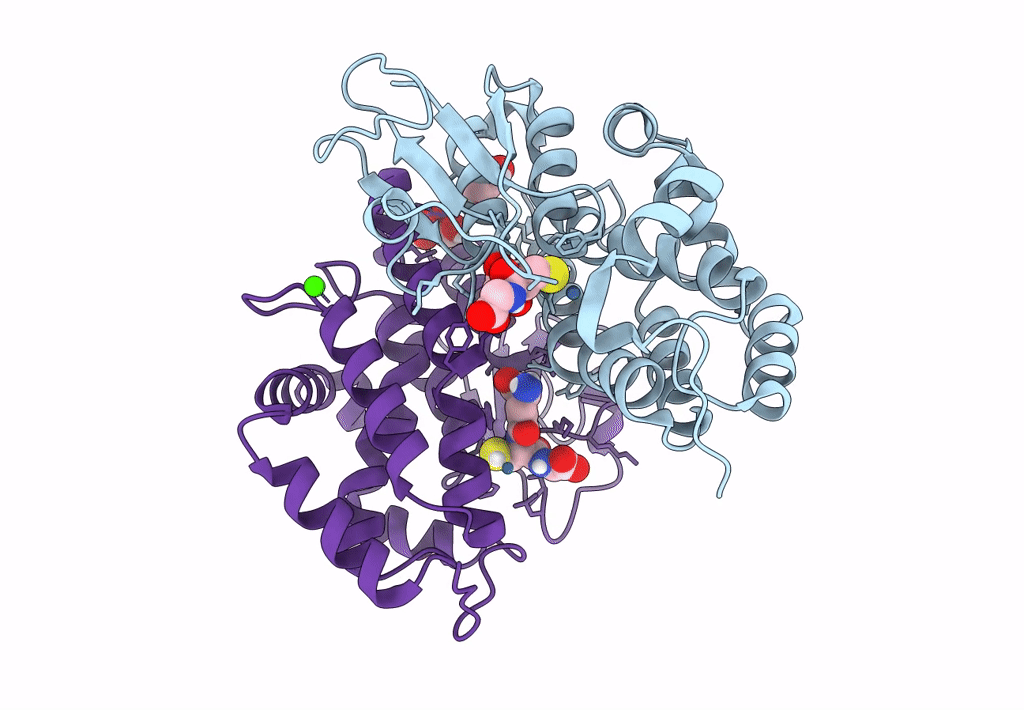
Deposition Date
2022-08-30
Release Date
2023-03-01
Last Version Date
2024-06-19
Entry Detail
PDB ID:
8AX2
Keywords:
Title:
Crystal structure of Trametes versicolor glutathione transferase Omega 3S in complex with glutathione and pentachloro-nitrosyl-osmate
Biological Source:
Source Organism:
Trametes versicolor (Taxon ID: 5325)
Host Organism:
Method Details:
Experimental Method:
Resolution:
1.62 Å
R-Value Free:
0.20
R-Value Work:
0.18
R-Value Observed:
0.18
Space Group:
P 21 21 21


